Idaho

- Population: 1,787,065
- Median Household Income: $60,999
- Cost of Living Index: 93.6
- GDP: $84 Billion
Idaho ranks number 30 overall when it comes to affordability, while coming in at number 22 and 42 for cost of living and housing affordability, respectively. It’s cost of living index is at 93.6 out of 100 – with 100 being the national average. Meanwhile, the poverty rate is at 11.2%, which happens to be below the national average as well.
Known for its snowy mountain tops, lakes, rivers and valleys, the state of Idaho is renowned for more than just potatoes. Often called the Gem State, the beauty of Idaho is unmatched by much of the country. Once a mining state, the economy of Idaho relies heavily on agriculture, which is probably why everything looks so darn gorgeous.
Arizona

- Population: 7,278,717
- Median Household Income: $62,055
- Cost of Living Index: 95.5
- GDP: $370 Billion
Arizona ranks number 29 for affordability, while coming in at number 27 for cost of living and number 37 for housing affordability. Its cost of living index is higher than that of Idaho but still below the national average. Its poverty is also higher at 13.5%, but it does have a higher median household income.
One of the largest states in the country, Arizona has a diverse geography, with the southern part of the state having a hot desert climate and the upper part of the state being rich in mountains, forests and canyons. About a fourth of the state is dedicated to Native American reservations. Also interestingly, its capital, Phoenix, is the only capital with over 1 million people living there.
Virginia

- Population: 8,535,519
- Median Household Income: $76,456
- Cost of Living Index: 96.9
- GDP: $557 Billion
Virginia ranks number 28 for affordability, while ranking number 30 for cost of living and 34 for housing affordability. Its poverty rate is lower than both Arizona and Idaho, at 9.9% compared to the national average of 12.3%.
Originally having been a prosperous tobacco colony, it remains so to this day, while also raking in money from seafood harvesting, shipbuilding, apple growing and wine. In addition to its booming economy, it also has a high education rate and its population has plenty of access to health care.
Delaware

- Population: 973,764
- Median Household Income: $70,176
- Cost of Living Index: 102.7
- GDP: $77 Billion
Delaware is number 27 for affordability. Its cost of living ranks only 34, with a cost of living index of 102.7. However, its housing affordability is ranked at number 24, which puts it higher on the list.
Delaware’s economy relies on chemical manufacturing, such as pharmaceuticals and plastics. One of the world’s top manufacturing companies, DuPont is based there. With a median household income of $70,176 and a poverty rate below the national average at 11.3%, it’s one of the most affordable places in the country to live.
New Mexico
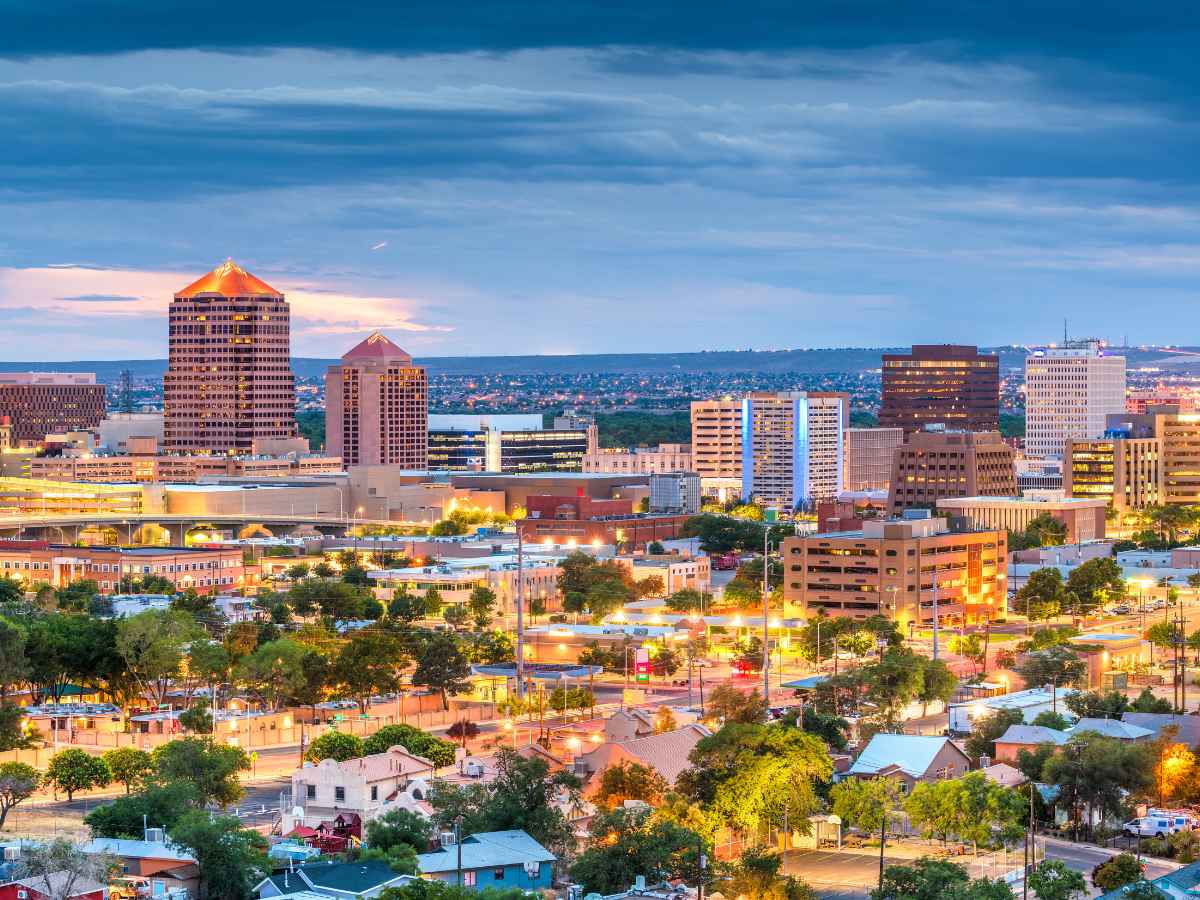
- Population: 2,096,829
- Median Household Income: $51,945
- Cost of Living Index: 93.6
- GDP: $105 Billion
New Mexico has a ranking of 26 overall, ranking number 24 for the cost of living and number 35 for housing affordability. On the downside, it has a higher poverty rate than the national average at 18.2%.
Before European settlers arrived in New Mexico, Native Americans made up a majority of the population, which is now reduced to just 11% of it. The state’s economy relies heavily on natural resources, retail and tourism. While it scores low in areas like education and healthcare, it’s nonetheless one of the most affordable states to live, thanks to a lower cost of living with an index equal to that of Idaho.
South Carolina

- Population: 5,148,714
- Median Household Income: $56,227
- Cost of Living Index: 93.0
- GDP: $248 Billion
Coming in at number 25, we have South Carolina. The state only ranks number 32 for housing affordability, but the good news is that the cost of living ranks number 18 thanks to a cost of living index of 93 compared to the average of 100.
Back in the early 1700s, South Carolina relied heavily on the slave trade for working the indigo and rice plantations. The civil war devastated their economy but they bounced back thanks to textile manufacturing, and in more recent years, tourism. The poverty rate, however, is at 13.8%, which is higher than the national average.
North Carolina

- Population: 10,488,084
- Median Household Income: $57,341
- Cost of Living Index: 89.2
- GDP: $592 Billion
North Carolina ranks as the 24th most affordable state in America, with an impressive ranking of number 12 for cost of living. While for housing it ranks only 31, its cost of living index is just 89.2, below the national average.
Post civil-war, North Carolina industrialized, becoming a major textile manufacturer and producer of tobacco products. Today, things have shifted to pharmaceuticals, banking and food processing, among other things. On the downside, the median household income is lower than the national average and the poverty rate is slightly higher at 13.6%.
Minnesota

- Population: 5,639,632
- Median Household Income: $74,593
- Cost of Living Index: 95.7
- GDP: $384 Billion
Minnesota ranks number 23 in affordability, ranking number 28 for the cost of living and number 17 for housing affordability. It also has a poverty rate lower than the national average at 9%.
Minnesota is a state known for its numerous bodies of water, and hefty snow - getting up to 70 inches of it each year. Minnesota’s economy relies heavily on manufacturing and retail, as well as non-profit organizations like the Mayo Clinic. Other notable companies operating in Minnesota include General Mills and Target.
Texas

- Population: 28,995,881
- Median Household Income: $64,034
- Cost of Living Index: 90.4
- GDP: $1,844 Billion
Texas ranks number 22 in the country in terms of affordability, simultaneously earning a number 14 spot for cost of living and 28 for housing affordability. It’s cost of living index is at 90.4, which is below the national average, but unfortunately the median house hold income is also below the national average at $64,034.
Much of the state’s economy still relies on oil with its ten largest public companies still in the oil industry. However, other notable companies are AT&T, Whole Foods and Dell. Many businesses are loving the low labor costs and low taxes since the state is fairly light on regulation.
North Dakota
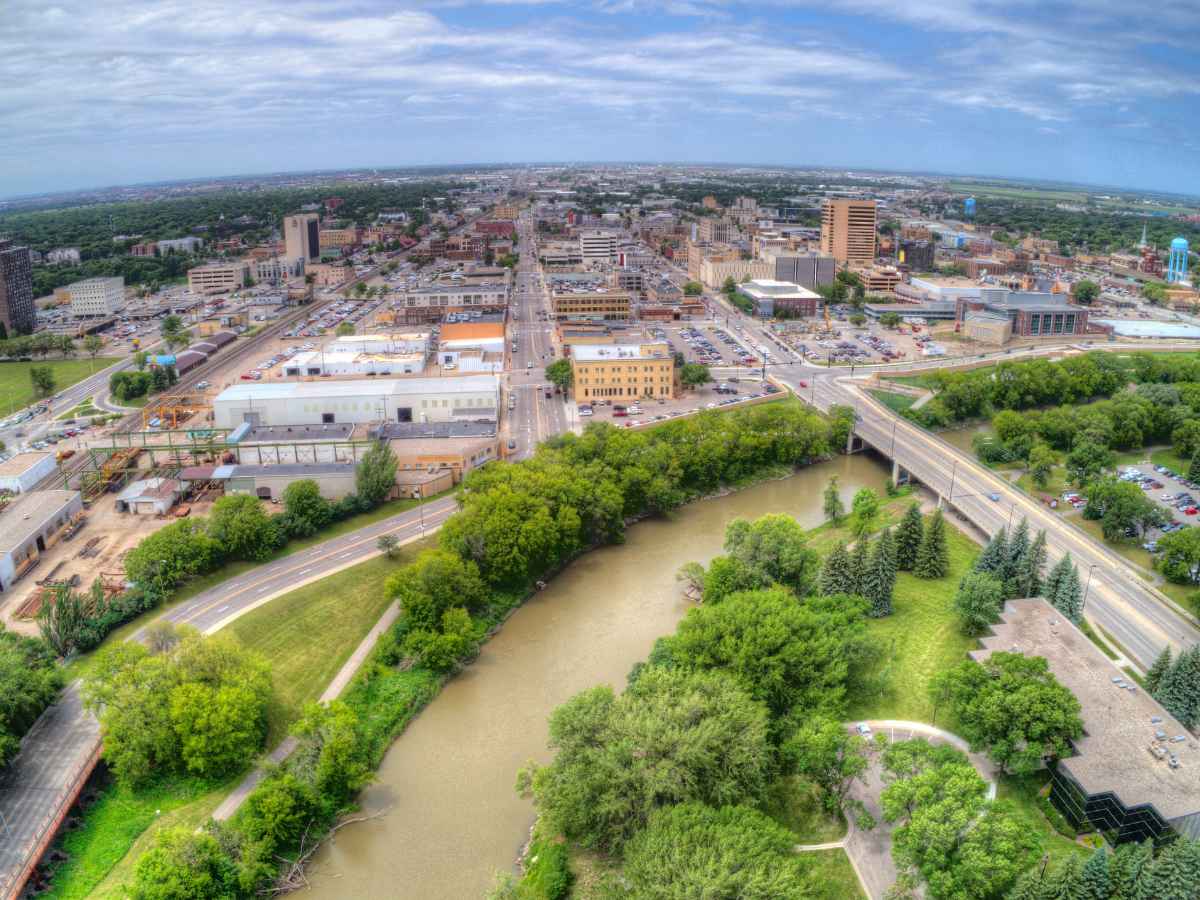
- Population: 762,062
- Median Household Income: $64,577
- Cost of Living Index: 100.5
- GDP: $57 Billion
North Dakota ranks number 21 for affordability with only a #33 for cost of living but an impressive ranking of number 10 for housing affordability. While the cost of living is slightly above average, the poverty rate is below the national average at 10.6%. The median household income is also slightly below average but not by much - $64,577.
Agriculture is the main trade in North Dakota, with as much as 90% of the land devoted to farming. Interestingly, North Dakota happens to be the number one producer of dry navy and pinto beans in the country. North Dakota is also known for the 70,000-acre Theodore Roosevelt National Park.
Louisiana

- Population: 4,648,794
- Median Household Income: $51,073
- Cost of Living Index: 90.9
- GDP: $257 Billion
Louisiana ranks in the top 20 spot with a 90.9 cost of living index that puts it in the number 15 spot for cost of living and it also offers the number 23rd most affordable housing out of all 50 states.
Poverty rate, however, is high at 19.0%, well above the national average, along with a median household income of $51,073 that’s also well below average. While you might think tourism would be at the top, the economy of Louisiana actually relies on chemical, petroleum, and coal products.
Wisconsin

- Population: 5,822,434
- Median Household Income: $64,168
- Cost of Living Index: 93.5
- GDP: $349 Billion
Wisconsin has a poverty rate below the national average at 10.4% and in combination with its number 16 rank for housing affordability, and its number 20 rank of cost of living, its just one of the most affordable places to live.
Known for its cheese, dairy is what drives the Wisconsin economy. It also produces much of the country’s cranberries and corn. Combined with a median household income just under the national average, it’s low cost of living make it an ideal place to settle.
Alabama
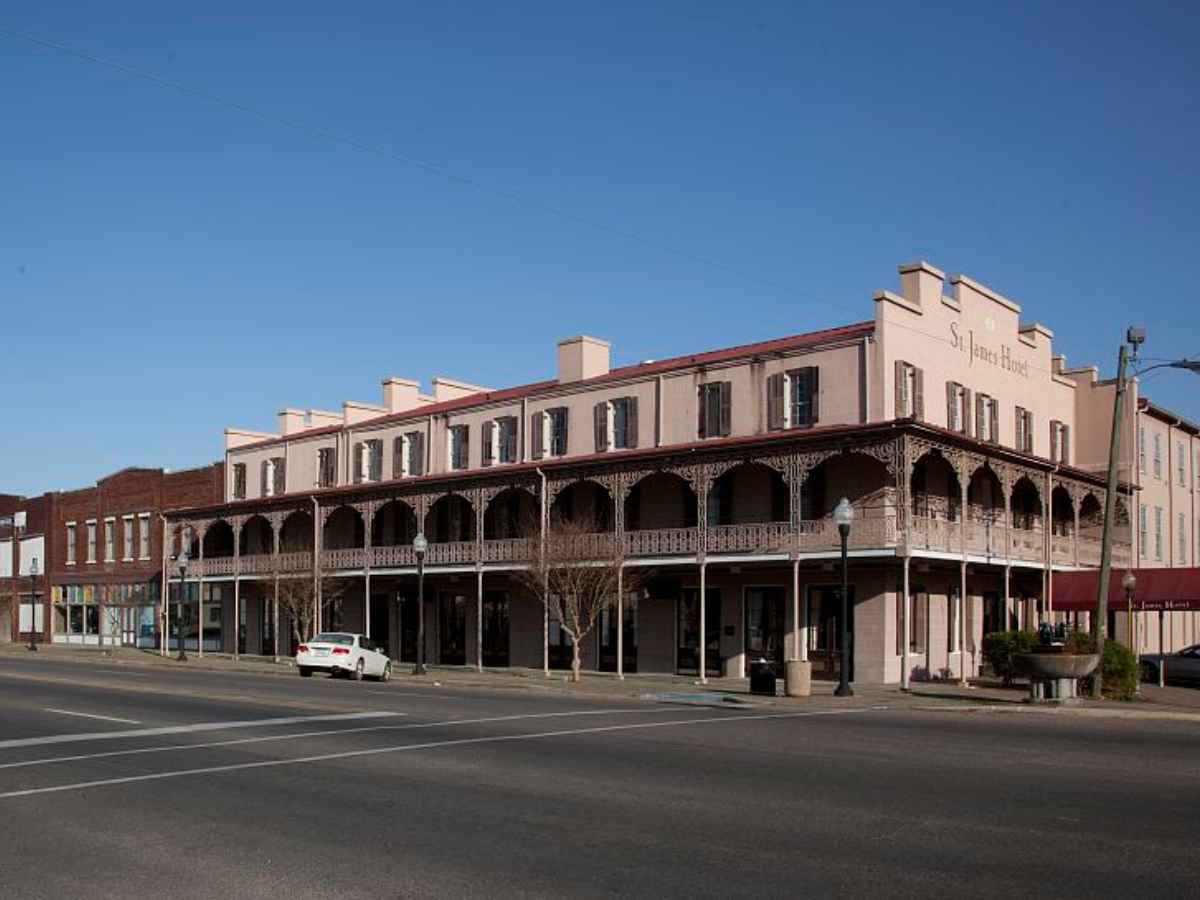
- Population: 4,903,185
- Median Household Income: $51,734
- Cost of Living Index: 87.8
- GDP: $228 Billion
Alabama has a poverty rate of 15.5%, but the good news is that it has among the lowest costs of living, ranking number 10 in that regard with an index of 87.8. The median household income is lower than the national average at $51,734.
Alabama’s economy relies on manufacturing, as well as Real Estate and Rental and Leasing, Healthcare and Social Assistance. While it only ranks number 25 for housing affordability, at least there are plenty of renting opportunities.
Tennessee

- Population: 6,829,174
- Median Household Income: $56,071
- Cost of Living Index: 86.2
- GDP: $377 Billion
Tennessee offers great affordability when it comes to the cost of living, ranking number five out of all 50 states. Housing, nonetheless, is only at the number 26 spot as much of the population find they cannot afford homes with their salaries. The median household income is $56,071.
Tennessee is the headquarters of several Fortune 500 companies, particularly the shipping giant Fedex and HCA Holdings, a medical facility firm. Other economic areas of importance are manufacturing and mining, logging and construction. With a poverty rate of 13.9%, however, it shows some people are struggling in the state.
Illinois

- Population: 762,062
- Median Household Income: $69,187
- Cost of Living Index: 93.4
- GDP: $886 Billion
At number 15, we have Illinois, which ranks number 19 for its cost of living and number 14 for housing affordability. Although people in the states can afford homes, they definitely have to budget to make ends meet.
Chicago, Illinois is home to some of the biggest companies in the country including Walgreens, Kraft Heinz, and Allstate. Its largest industries are manufacturing, agriculture, education, energy and biotechnology. The poverty rate is below the national average at 11.5% and the median household income is above the national average at $69,187. Nice!
Pennsylvania
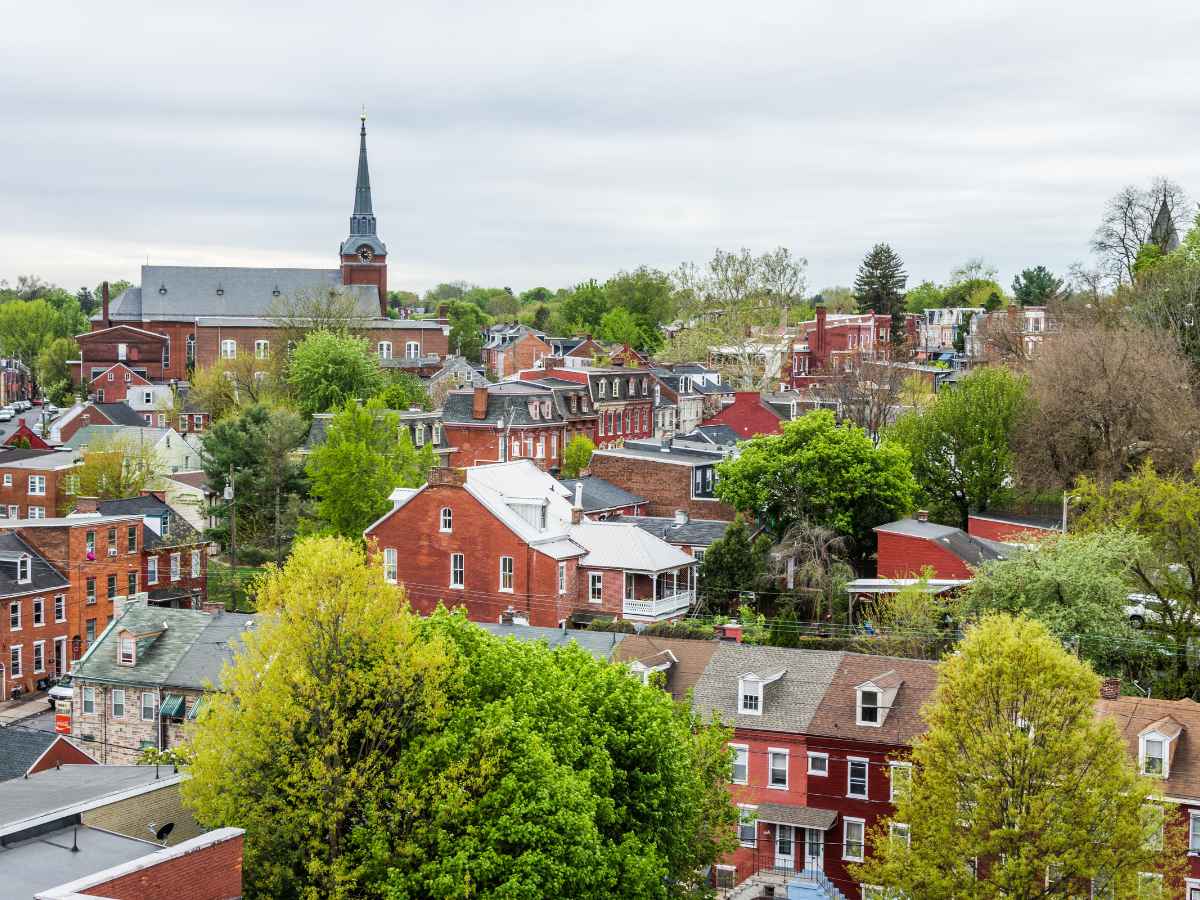
- Population: 12,801,989
- Median Household Income: $63,463
- Cost of Living Index: 95.5
- GDP: $809 Billion
Pennsylvania ranks only 26th when it comes to cost of living, but it is still below the national average. It also ranks 8th for housing affordability. Its poverty level is just under the 12.3% national level.
Widely considered the birthplace of our nation, Pennsylvania is home to the first and second continental congress. Today its most famous for its industrial and agricultural production, in particular coal, steel, railroads, and mushrooms – producing as much as 425 million pounds annually! On top of this, the state is also one of the largest producers of canned goods.
South Dakota
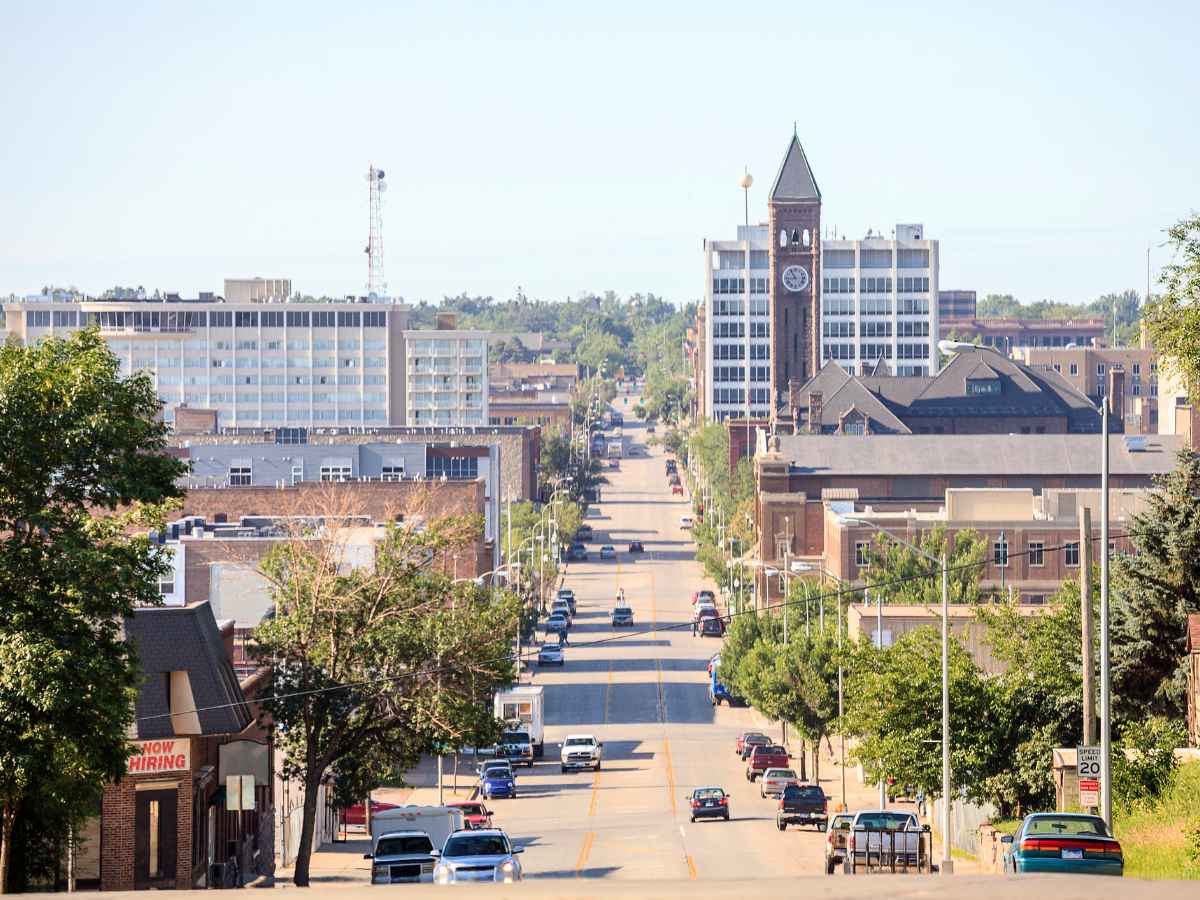
- Population: 884,659
- Median Household Income: $59,533
- Cost of Living Index: 93.6
- GDP: $55 Billion
Ranking 23rd in cost of living and number 11 for housing affordability, South Dakota earns its spot at number 14 for affordability. Its cost of living index and poverty rate are both under the national average.
While the median household income value is also under the national average, the cost of living and housing affordability more than make up for it. Plus, you have less than a million people living there, so you really can’t put a price on that peace and quiet.
Georgia

- Population: 10,617,423
- Median Household Income: $61,980
- Cost of Living Index: 87.1
- GDP: $626 Billion
Georgia’s cost of living ranks within the top 10, coming in at number nine, while its housing affordability ranks 18th. Combined, Georgia earns its spot at number 13 in affordability. Unfortunately, it does have a poverty level above the national average at 13.3%.
And while the median household income is below the national average, the cost of living makes up for it with its 87.1 index. Atlanta, Georgia’s capital city, is easily its most thriving. There, startup companies are building up the economy. Additionally, colleges hospitals and medical research are of great importance as well.
Kansas

- Population: 2,913,314
- Median Household Income: $62,087
- Cost of Living Index: 91.5
- GDP: $176 Billion
Kansas ranks number 12 in affordability, while ranking 16th and 12th for cost of living and housing affordability, respectively. Its poverty rate is below the national level at 11.4% and its cost of living index is also below at 91.5.
There’s really no place like home for those living in Kansas. It’s cheap to live there and it has a thriving economy. Kansas’s economy relies on manufacturing, bioscience, wind energy and other renewable energy sources. Family-owned farms account for much of the state’s $20 billion agriculture industry.
Nebraska

- Population: 1,934,408
- Median Household Income: $63,229
- Cost of Living Index: 93.5
- GDP: $130 Billion
Just missing a spot in the top 10, Nebraska ranks number 21 for cost of living but number six for housing affordability. Many families are making under the national average for household income however, so it’s a good thing the cost of living is so cheap.
The poverty level, nonetheless, is below the national average at 9.9%. Nebraska is, of course, known as the Cornhusker State, because corn is its leading crop, while ranking third out of the entire country. Whether you love corn or hate it, you have to admit that Nebraska certainly knows its corn.
Mississippi

- Population: 2,976,149
- Median Household Income: $45,792
- Cost of Living Index: 82.4
- GDP: $116 Billion
Mississippi makes the top 10 spot in affordability, while ranking number one for its cost of living. As for housing affordability, it only makes the number 20 spot, putting it lower on the list.
While it may have one of the highest unemployment rates (19.6%) among the listed states, but the Magnolia state’s cost of living is fairly comfortable. The property tax is a mere 0.75%, and if you’re renting your home, the monthly rent should cost you about $800 a month. Agriculture is the state’s main trade.
Kentucky

- Population: 4,467,673
- Median Household Income: $52,295
- Cost of Living Index: 86.5
- GDP: $215 Billion
Kentucky ranks number nine in affordability, ranking #7 for cost of living and #15 for housing affordability. Sadly, it has a poverty rate higher than the national average at 16.3%. But with a low cost of living, its residents are finding ways to make ends meet.
Looking for a job? Lexington hosts Fortune 500 companies Humana and Yum Brands, the parent company of a certain fried chicken giant; Lexington is home to the University of Kentucky, one of the city’s largest employers. Other main industries include manufacturing, food and beverage, and aerospace.
West Virginia

- Population: 1,792,147
- Median Household Income: $48,850
- Cost of Living Index: 89.3
- GDP: $79 Billion
West Virginia ranks number 8 in affordability, while ranking 13th and 5th for cost of living and housing affordability, respectively. Its poverty rate is above the national level at 16% but the good news is that its cost of living index is just 89.3.
Much of West Virginia’s economy has relied on mineral resources, more specifically coal production, and because of this the economy has been hurting significantly in recent years. That’s in part why the median household income is just $48,850.
Arkansas

- Population: 3,017,804,
- Median Household Income: $48,952
- Cost of Living Index: 83.9
- GDP: $131 Billion
Arkansas comes in at number seven for affordability with a number two ranking as for cost of living. Meanwhile, it ranks #13 for housing affordability. On the downside, out of its population of 3,017,804, 16.2% are living in poverty.
Arkansas may not boast metropolis-sized cities, but this state offers cheaper housing, cheap utilities, and southern hospitality. Fayetteville, Conway, and Jonesboro are sizable, youthful cities; all have been recognized for having costs of living as much as 12% lower the national average. It’s also worth noting that Arkansas is home to Walmart, headquartered in Bentonville.
Indiana

- Population: 6,732,219
- Median Household Income: $57,603
- Cost of Living Index: 89.0
- GDP: $380 Billion
Indiana ranks number six for affordability, while ranking number 11 for cost of living and number four for housing affordability. As you’d expect, the automotive industry became the main industry in the early 20th century, and the state remains a major exporter of cars to this day.
Fans of racing may not need convincing to move to Indiana. For those who aren’t as interested, the cost of living may convince you to head over the Hoosier state. With a cost of Living index of 89, in Indiana, your dollar will go a whole lot further which helps when the median household income is less than the national average.
Missouri

- Population: 6,137,428
- Median Household Income: $57,409
- Cost of Living Index: 84.1
- GDP: $328 Billion
Missouri reaches the top five spot with a ranking of #3 for its cost of living and #9 for housing affordability. Although the poverty rate is just above the national average at 12.9%, its cost of living index is one of the lowest on our list at 84.1.
The median household income is just $57,409, which is lower than the national average but residents are finding Missouri to be a place of numerous opportunities. Currently, health care and professional services are among the top industries in the state.
Iowa

- Population: 3,155,070
- Median Household Income: $61,691
- Cost of Living Index: 91.9
- GDP: $195 Billion
Iowa has a #1 ranking in housing affordability and a #17 ranking for its cost of living, which puts it in the number four spot overall for its affordability in comparison to the rest of the states.
Its poverty level is just below the national average, which is good and its cost of living is also below the national average, which means plenty of people are getting by just fine compared to the rest of the country. On top of this, the median household income is $61,691, which isn’t too far away from the national average.
Michigan

- Population: 9,986,857
- Median Household Income: $59,584
- Cost of Living Index: 84.6
- GDP: $537 Billion
At the number three spot is Michigan, which gets a number four for cost of living and a number seven for housing affordability. Although the poverty rate is above the national average at 13%, its 84.6 cost of living index makes it easier on its residents.
Michigan is the home of the Ford Motor Company and has been since Henry Ford built his first gas-powered vehicle behind his home in Detroit. Although manufacturing and agriculture easily built-up Michigan’s economy, trade, transportation, utilities, health and education now outrank manufacturing.
Oklahoma

- Population: 3,956,971
- Median Household Income: $54,449
- Cost of Living Index: 87.1
- GDP: $202 Billion
Oklahoma is number two in affordability thanks to its ranking of number three for housing affordability and number eight for cost of living. Largely dependent on the oil and natural gas industry, it’s hard to say how long Oklahoma will keep thriving.
No matter where life takes you, as long as you’re in Oklahoma, your dollar will go far. The median household income only sits at $54,449, while the cost of living index is just 87.1. There’s also a hefty poverty level at 15.2%, but the cost of living index of 87.1 reduces the pain of that somewhat.
Ohio

- Population: 11,689,100
- Median Household Income: $58,642
- Cost of Living Index: 86.3
- GDP: $695 Billion
Last but not least, we have Ohio, not just the number one sayer in all of our elections but also number one in affordability. It ranked number two for housing affordability and number six for cost of living.
The poverty level of Ohio is somewhat high at 13.1% but the 86.3 cost of living index does make up for it to some extent. Ohio’s manufacturing of rubber and plastics are leading the country, which is why the state’s economy is booming. On top of this, it’s leading steel and automotive.
 Author
James Stephens
Last Updated: November 21, 2025
Author
James Stephens
Last Updated: November 21, 2025